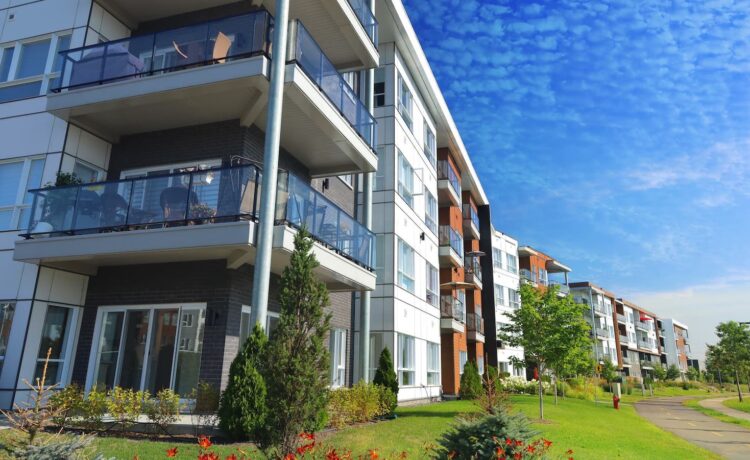Moving into a new condominium brings excitement and numerous decisions, including securing reliable internet service. When evaluating a Penrith Condo or any residential building’s capacity for internet services, several factors determine the quality and variety of options available to residents. Understanding the infrastructure and policies impacting connectivity can save you from frustration after moving in.
Infrastructure matters
Condominiums vary widely in their telecommunications infrastructure. Older buildings might rely on outdated copper wiring, while newer developments often incorporate fibre-optic cables directly. This fundamental difference influences both speed capabilities and provider options. Building age plays a significant role, as structures built within the last decade typically include better connectivity planning than those from earlier eras. However, some older buildings have undergone extensive retrofitting to accommodate modern needs. The physical infrastructure includes:
- Wiring quality and type (copper, coaxial, or fibre)
- Building distribution points and access panels
- Roof access for satellite options
- Conduit capacity for multiple providers
Provider agreements
Many condo associations establish formal relationships with specific internet service providers. These agreements might grant exclusive rights to particular companies or create preferred vendor status that shapes resident options. Some buildings negotiate bulk service agreements that include internet in condo fees. While convenient, these arrangements sometimes restrict residents from selecting alternatives that suit individual needs. Before committing to a property, investigate whether the condo association maintains:
- Exclusive contracts with single providers
- Multi-provider agreements with competitive options
- Open-access policies allowing resident choice
Practical assessment
When evaluating a condominium’s internet capacity, gather information through multiple channels. Start by reviewing condo documents that outline telecommunications policies and existing service agreements. These documents typically describe any restrictions or special arrangements. Speaking with current residents offers a valuable real-world perspective about actual service quality rather than theoretical capabilities. Ask about their experiences with different providers, typical speeds achieved, and reliability during peak usage hours. Property management can provide details about building infrastructure limitations or plans for future connectivity improvements. They should know which providers currently serve the building and any technical constraints affecting service quality.
Future expansion
Technology evolves rapidly, and today’s excellent connectivity might become tomorrow’s bottleneck. Forward-thinking condo buildings maintain infrastructure flexibility, allowing technological advancement without major renovation. Buildings with clearly defined processes for adopting new technologies generally maintain better connectivity options over time than those with rigid, outdated policies. Consider whether the building has provisions for:
- Additional provider entry points
- Reserved conduit space
- Regularly updated telecommunications policies
- Technology committee involvement in connectivity decisions
Assessing a condominium’s internet capacity requires investigating infrastructure, policies, and practical experiences. Buildings differ dramatically in their approach to telecommunications, with some embracing competitive options while others maintain restrictive arrangements. By examining these factors before moving in, you can avoid surprises and ensure your connectivity needs align with what the building can provide. When evaluating any potential home purchase, internet capability deserves consideration alongside more traditional factors like location and amenities. The difference between excellent and poor connectivity increasingly impacts daily life, making this assessment an essential part of modern home-buying.







